Photonic Quantum Computing (PQC), also known as Linear Optical Quantum Computing (LOQC), is a promising approach that leverages photons as quantum information carriers. It harnesses the power of linear optical techniques and the unique properties of photons. In this field, qubits are represented using photons in various ways, such as Fock state, spin, or polarization, enabling great flexibility in building complex quantum algorithms.
Photonic computing is advancing rapidly, with emerging approaches like Measurement-Based Quantum Computing (MBQC), known for their error tolerance, being closely studied.
Computers and emulators by Quandela, a French startup founded in 2017, pushes photonic quantum computing further through two technologies. First a single-photon source for generating indistinguishable photons and the use of two distinct fibers (called "modes") to represent qubit states, providing resilience and precision, this approach is known as Dual Rail Encoding (DRE). These two technologies are simulated through Perceval, an SDK dedicated to this kind of quantum computer.
| Platform name | Manufacturer | Quantum carrier | Speed | Gate fidelity | Maximal qubit count* | Integrations | Price |
|---|
| qpu:ascella | Quandela | Photon (Dual Rail Encoding) | 4Mhz single-photon events | T: 99.6%±0.1
CNOT: 99%±0.8
Toffoli: 90% | 6 photons,
12 modes* | Perceval, API | 0.3€/circuit
0.000001€/shot |
| qpu:altair | Quandela | Photon (Dual Rail Encoding) | 3Mhz single-photon events | T: TBD
CNOT: TBD
Toffoli: TBD | 10 photons,
20 modes* | Perceval, API | 0.3€/circuit
0.000001€/shot |
| qpu:belenos | Quandela | Photon (Dual Rail Encoding) | TBD | TBD | 12 photons,
24 modes* | Perceval, API | 0.3€/circuit
0.000001€/shot |
* 1 qubit = 1 photon + 2 modes








